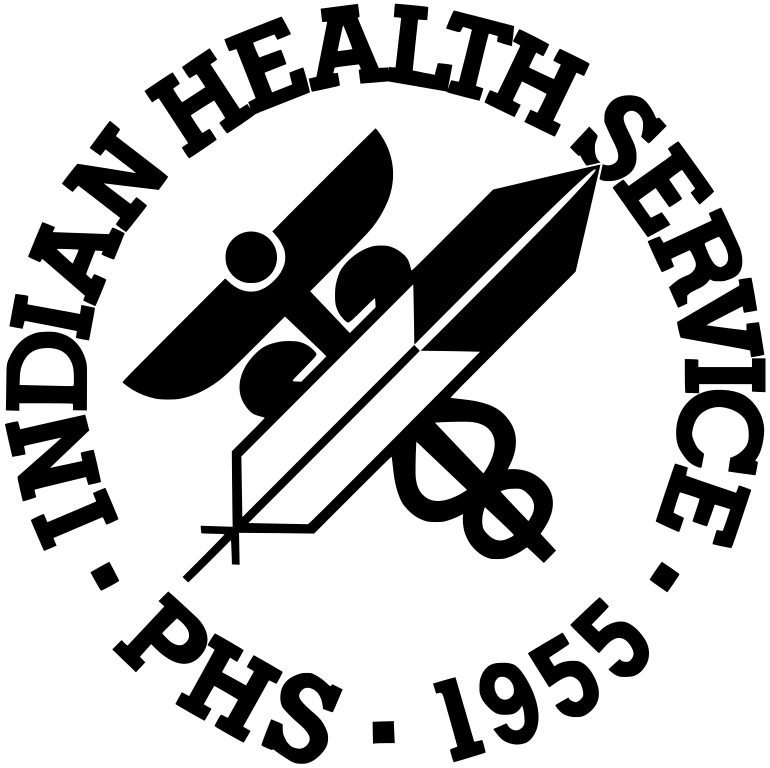Clinical Information
Explore more of the latest information, guidelines, and recommendations by topic:
- Risk Factors
- HIV Testing - Clinical Information HIV Testing and Guidance
- HIV Treatment
- Treatment as Prevention - Undetectable=Untransmittable (U=U)
- PrEP and PEP - Pre- and Post-Exposure Prophylaxis
- Toolbox
Join an HIV ECHO
TeleECHO programs are friendly, interactive online learning environments where clinicians and staff serving American Indian and Alaska Native patients can connect with peers, engage in informative presentations, collaborate on case consultations, and receive mentorship from clinical experts from across Indian Country. Indian Country ECHO provides no cost trainings, as well as technical assistance and capacity building services. We also facilitate The Indian Country ECHO Collective – a community of predominantly Indigenous organizations that provide ECHO services across the globe.
To learn more about prevention, screening, and treatment of HIV, PrEP, as well as other Infectious Diseases, join an Infectious Disease ECHO
Or join an HIV ECHO


